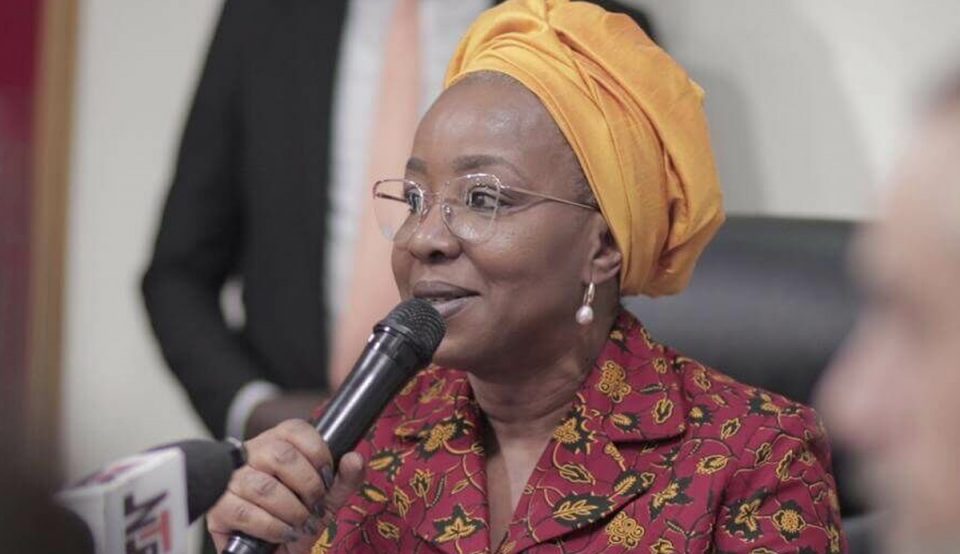The United Nation’s Convention for Climate Change has published Nigeria’s 2050 Long-Term Low Emission Vision document, the Federal Government announced on Sunday.
The Minister of State for Environment, Sharon Ikeazor, said the Long-Term Low Emission Vision document was a demonstration of Nigeria’s commitment to play a leading role in the implementation of the Paris Agreement.
She made this assertion sequel to the formal publication of long-term vision document by the Secretariat of the UNCFCC, according to a statement issued in Abuja by the Director Press, Federal Ministry of Environment, Saghir el Mohammed.
Ikeazor described the document as an important landmark for the actualisation of Nigeria’s quest for mitigating the negative effects of climate change and a road path to meeting its decarbonation targets.
“I am happy that the LTV document has been published by the UNCFCC and I wish to express our appreciation to the 2050 pathways that funded the vision and all the stakeholders that contributed to the vision,” she stated.
She recalled that a key part of the Paris Agreement was the invitation to parties “to formulate and communicate by 2020 long term low greenhouse gas emission development strategies.”
Ikeazor explained that the 2050 Long-Term Vision for Nigeria, known as LTV 2050, was the initial step towards the development of the Long-Term Strategies.
She said the strategies would explore options to lower greenhouse gas emissions and contribute to the objective of reaching net-zero GHG emissions globally around the middle of the century.
The minister said, “It provides a clear sense of direction for a well-managed transition to a low-carbon economy that grows existing and new sectors and creates new jobs and economic opportunities for the nation.
“The LTV communicates the vision that by 2050, Nigeria is a country of low-carbon, climate-resilient, high-growth circular economy that reduces its current level of emissions by 50 per cent and moves towards having net-zero emissions in the second half of the century across all sectors of its development in a gender-responsive manner.”
According to the minister, the next step is the development of the Long-Term Low Emission Development Strategy.
She said the strategy would develop scenarios and models that would help to translate the vision document into quantified emission reduction targets together with technology options and costs implications.
“I am looking forward to the development of the LTS to compliment Nigeria’s Energy Transition Plan and provide options for meeting decarbonisation target as announced by President Muhammadu Buhari at COP 26 in Glasgow,” she stated.



